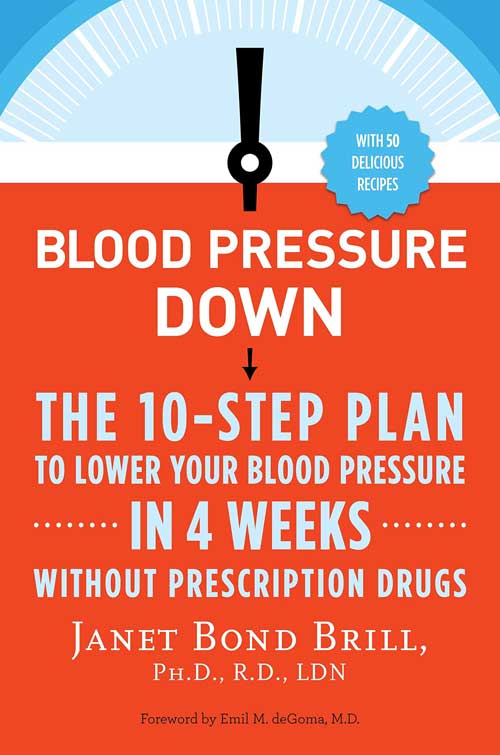By


Childhood obesity has risen to epidemic proportions in the United States and continues to escalate in prevalence, making this a very serious public health problem. Hand-in-hand with obesity is the twin epidemic, Type 2 diabetes mellitus. Children have shown an alarming increase in this disease that was once unknown in children (also known as “Adult-Onset Diabetesâ€).
Diabetes, high cholesterol, and high blood pressure are now increasingly diagnosed in obese children; these are major risk factors for heart disease, the leading cause of death in this country. This is a dire situation, with some researchers stating that this could be the first generation of parents that will outlive their children.
Parents must take action to prevent and treat childhood obesity. The best way to promote a healthy weight in children is to provide an environment conducive to weight control in the home surroundings.
Here are some tips for “making home where the health is:â€
1. Remove all “junk food†from your home (pantry and refrigerator) and replace with healthful, lower calorie food choices:
• Place cut-up fruits and vegetables (in ice water)—front and center of your refrigerator.
• Make 100-calorie popcorn as a snack, serve fat-free pudding cups (only 60 calories a pop) with fat-free Cool Whip (only 15 calories a tablespoon!) for dessert.
• Replace soda or high calorie juices with sparkling water jazzed up with just a touch of red grape juice.
• Replace sugary sports drinks with plain water for rehydration during sports.
2. Cook at home and eat together as a family (at the dinner table and never in front of the television!)
• Let your kids help in the food preparation such as cutting up vegetables and making a healthy, low-fat yogurt dip.
• Your job is to provide your children with healthy food but it is up to them if they decide to eat it, let them decide if they are full (never use food as a reward or punishment).
• Use normal portion sizes and remember to stay away from control issues regarding food: again, your job is to provide healthy food, it is your child’s decision how much they chose to eat.
• Use low-fat cooking techniques: bake and broil foods rather than fry, remove the skin from poultry.
• Always provide a salad (low calorie dressing on the side) with dinner.
• Divide the dinner plate into thirds, 1/3rd of the plate should be a vegetable (steamed broccoli for example), another third, a starch (baked fries for example) and the last third a lean protein source (skinless, boneless grilled chicken for example).
3. Encourage regular physical activity
• Be a great role model and exercise daily yourself.
• Restrict sedentary activity in your kids to no more than one hour a day (television, computers, video games).
• Make it a family affair, go bike riding with your kids or hiking or take the dog for a walk together.
• Demand a healthy-promoting environment at your child’s school (i.e. daily PE classes, nutritious lunches and a ban on junk food and soda on school grounds)
4. Most important, be supportive and loving of your children regardless of their size as obesity takes a terrible toll on a child’s self-esteem.
One caveat, make sure that you consult with your pediatrician before putting a child on a diet. The goal of developing children should be to grow into their weight and not to lose excessive amounts. The bottom line is that families must take action against the growing epidemic of obesity in our nation’s children…a dire situation that predisposes them to developing heart disease later in life—the leading cause of death in American men and women.
Statistics Americans Need to Know:
• Among children and adolescents ages 6-19, 16 percent (over 9 million) are overweight or obese.
• This number has tripled since 1980.
• Over 75% of children ages 6 to 11 do not eat the government advocated “5-a-day†servings of fruits and vegetables.
• Eighty percent of obese children will remain overweight as adults.
• Only about 8% of elementary schools and 6% of middle and high schools provide daily physical education classes.











